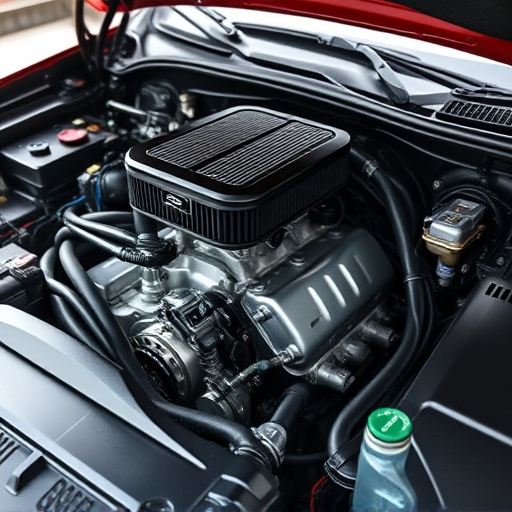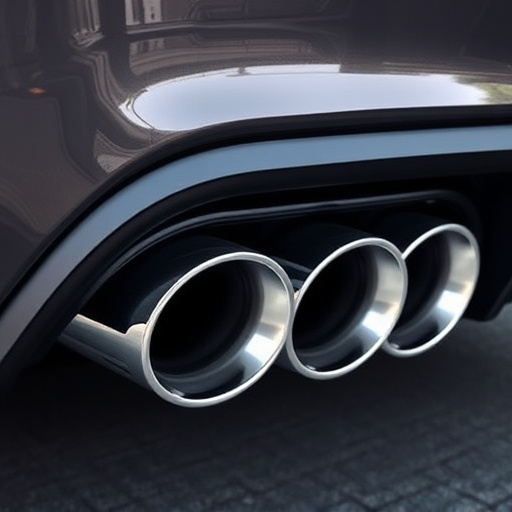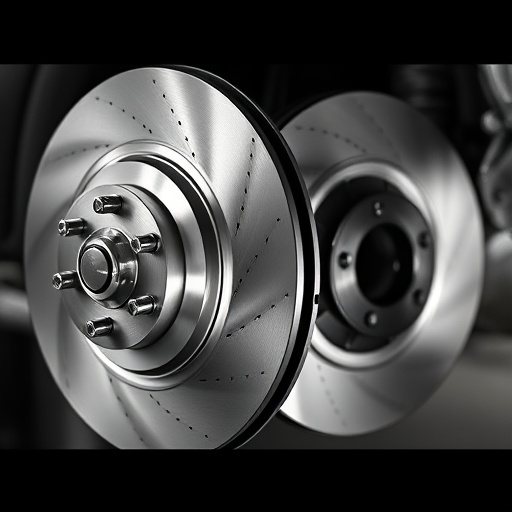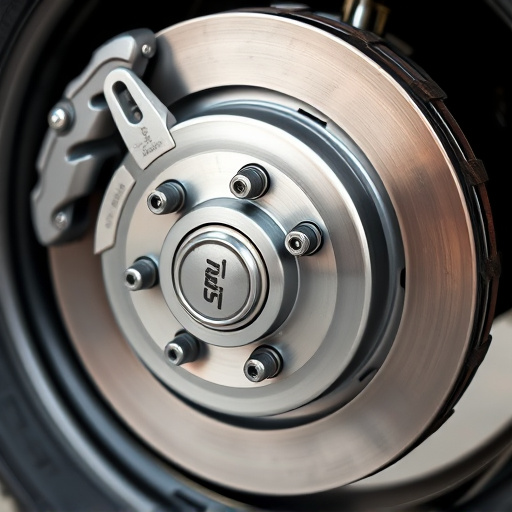When troubleshooting boost controller setups, look for error codes and symptoms like unexpected drops in boost pressure or erratic idle speed. Check for faulty sensors, worn brake rotors, or misaligned components. Ensure secure hardware connections, accurate calibration, and optimal intake and brake conditions. Use diagnostic scanners, oscilloscopes, and specialized tools to identify issues. A systematic approach with boost controller knowledge solves complex problems for optimal vehicle performance.
Unsure why your boost controller isn’t functioning optimally? This guide is designed to help you navigate through common issues with your boost controller setup. We’ll start by decoding typical errors, delving into hardware connections and calibration checks, and offering advanced troubleshooting techniques. By the end, you’ll be equipped to identify and resolve problems, ensuring smooth performance from your boost controller system. Whether you’re an automotive enthusiast or a professional tuner, these tips will prove invaluable for optimizing your boost controller setup.
- Understanding Common Boost Controller Errors
- Verifying Hardware Connections and Calibration
- Advanced Troubleshooting Techniques and Tools
Understanding Common Boost Controller Errors
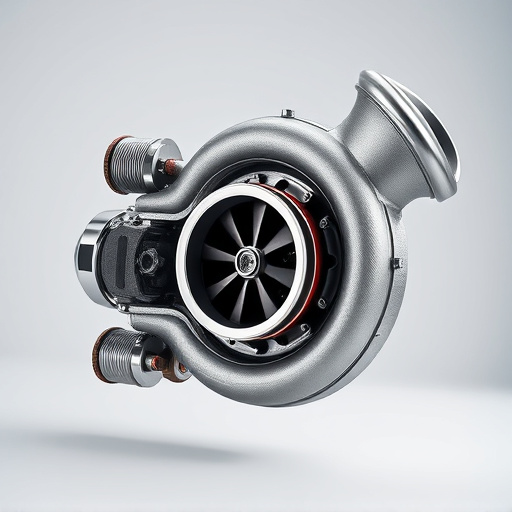
When troubleshooting your boost controller setup, it’s crucial to know the most common error codes and symptoms. Boost controllers are designed to manage engine power, ensuring optimal performance, but they can run into issues that manifest as unusual behaviors. For instance, unexpected drops in boost pressure, erratic idle speed, or a complete failure to engage could signal problems with sensors, wiring, or even the controller itself. Identifying these errors early on is key to preventing more serious issues from arising, especially when dealing with high-performance vehicles equipped with advanced suspension components and powerful performance brakes.
Amongst the potential culprits are faulty boost sensors that can provide inaccurate readings, leading to improper control. Worn brake rotors or misaligned components within the engine bay could also cause unexpected interference, impacting the controller’s ability to maintain stable boost levels. By familiarizing yourself with these common problems and their symptoms, you’ll be better equipped to diagnose and resolve issues quickly, keeping your boost controller setup running smoothly and ensuring optimal vehicle performance.
Verifying Hardware Connections and Calibration
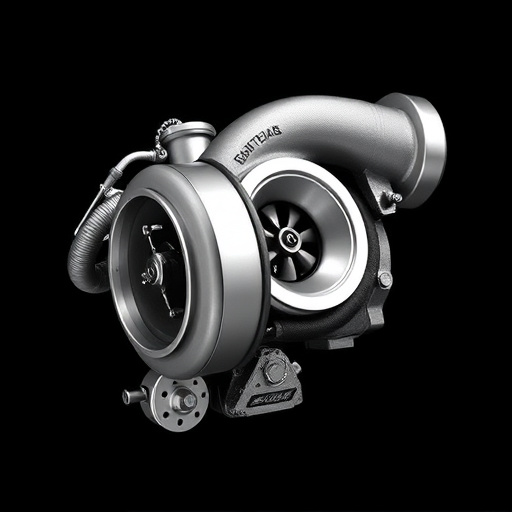
Before diving into complex troubleshooting techniques, make sure your boost controller’s hardware connections are secure and accurate. Double-check that all cables are properly plugged into their respective ports and that there are no loose connections. Any issues here can lead to incorrect sensor readings and erratic behavior from your boost controller.
Calibration is another critical aspect that requires attention. Calibrating the boost controller ensures it accurately measures and controls boost pressure. Refer to your boost controller’s user manual for specific calibration procedures, which often involve adjusting screws or using a test gauge. Ensure that the air intake systems, intake components, and brake rotors (if applicable) are in optimal condition as they directly impact the system’s performance and calibration accuracy.
Advanced Troubleshooting Techniques and Tools
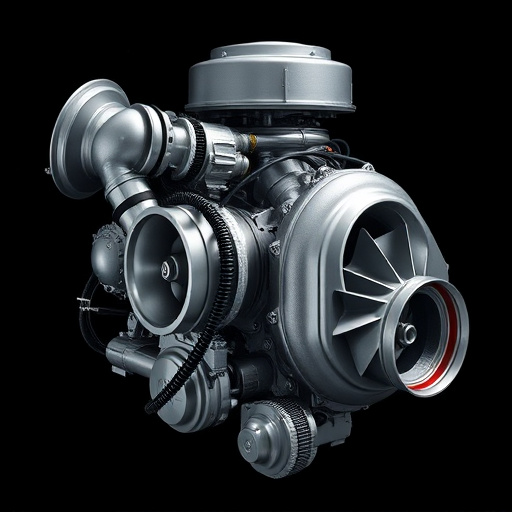
When it comes to advanced troubleshooting techniques for your boost controller setup, having the right tools is paramount. Utilize diagnostic scanners that are compatible with your vehicle’s OBD-II system to read and interpret performance data from sensors and modules. These scanners can pinpoint issues within the electrical system, allowing you to isolate problems more efficiently. Additionally, invest in a high-quality oscilloscope for visualizing voltage spikes or anomalies that might be causing your boost controller to malfunction.
For complex cases, consider employing specialized tools like pressure gauges and flow meters to monitor boost levels and fuel delivery accurately. Visual aids such as camshaft positioners and crank position sensors can also provide insights into timing and synchronization issues. Remember, advanced troubleshooting requires a methodical approach, combining these tools with your knowledge of the boost controller’s functionality to tackle even the trickiest problems, ensuring optimal performance for your vehicle.
Troubleshooting your boost controller setup can seem daunting, but with a systematic approach, you can identify and resolve issues efficiently. By understanding common errors, verifying hardware connections and calibration, and exploring advanced techniques, you’re well-equipped to optimize your boost controller for peak performance. Remember, proper setup is key to unlocking the full potential of your boost system, ensuring a smoother, more enjoyable driving experience.
